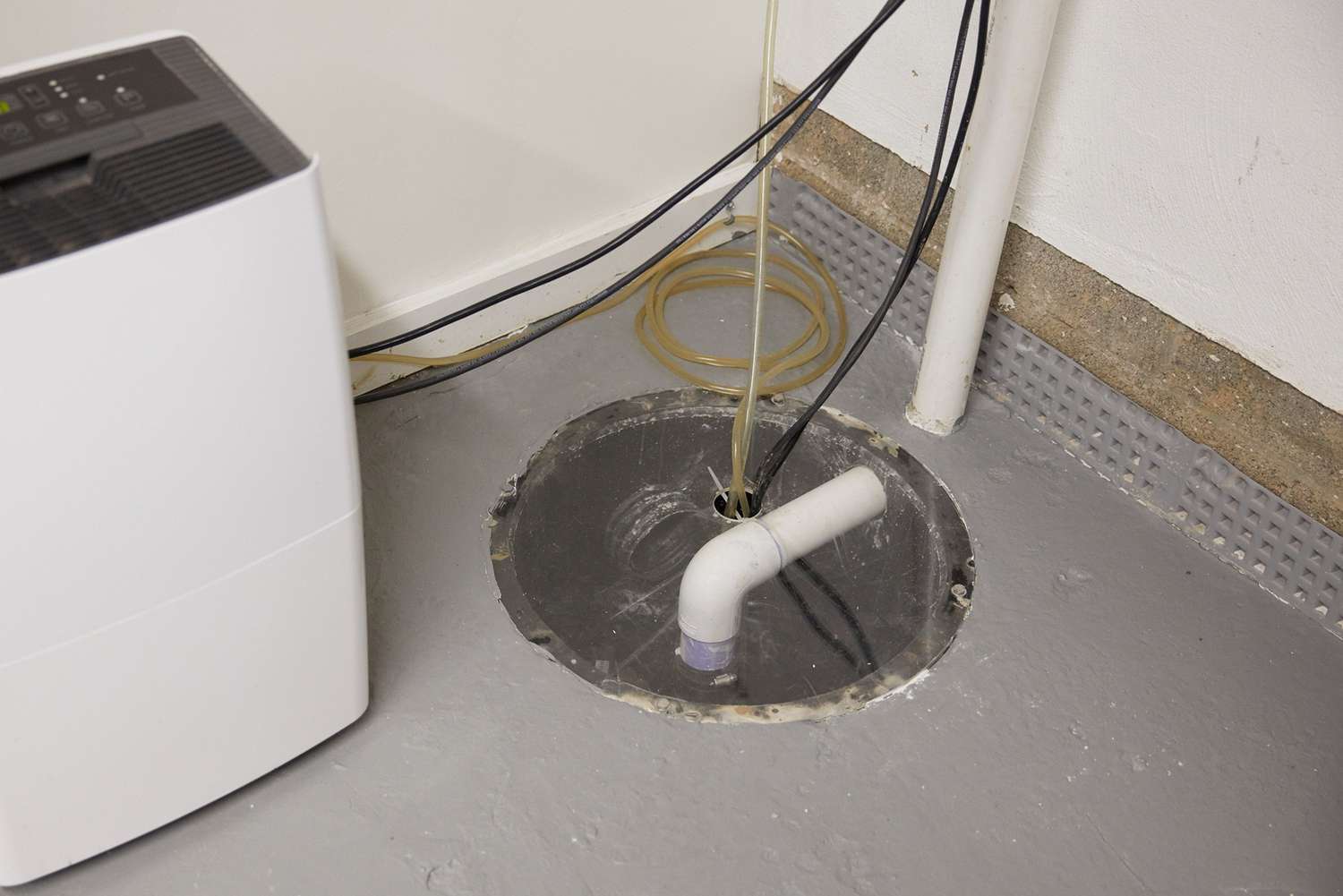

Articles
What Size Sump Pump Do I Need For My Basement
Modified: February 24, 2024
Discover the right size sump pump for your basement with our informative articles. Get expert tips and guidance to ensure proper water drainage and protection.
(Many of the links in this article redirect to a specific reviewed product. Your purchase of these products through affiliate links helps to generate commission for Storables.com, at no extra cost. Learn more)
Introduction
Welcome to the world of basement waterproofing! If you’re reading this article, chances are you’re considering installing a sump pump in your basement. Sump pumps are an essential component for keeping your basement dry and preventing water damage. But before you dive into purchasing one, it’s crucial to determine the correct size of sump pump for your basement.
Choosing the right size sump pump is vital to ensure it can handle the amount of water that may enter your basement during heavy rainstorms or flooding. A sump pump that is too small may not be able to effectively remove water, leading to potential damage and flooding. On the other hand, an oversized sump pump may result in unnecessary energy consumption and frequent cycling, leading to premature wear and tear.
In this article, we will explore the factors to consider when sizing a sump pump and calculate the appropriate pump capacity for your basement. We will also discuss the types of sump pumps available on the market and help you choose the right size pump for your specific needs. So, let’s dive in!
Key Takeaways:
- Properly sizing your sump pump is crucial to prevent potential damage and flooding in your basement. Consider factors like basement size, water table level, and drainage system efficiency to determine the right pump capacity.
- Understanding the different types of sump pumps available, such as submersible, pedestal, battery backup, combination, and water-powered pumps, helps you choose the right type based on your specific requirements and preferences. Consulting with professionals ensures accurate sizing and personalized recommendations.
Read more: What Is Sump Pump In Basement
Factors to Consider
Before determining the size of the sump pump you need for your basement, there are several important factors to consider:
- Basement Size: The size of your basement plays a significant role in determining the sump pump size. Larger basements typically require larger pumps to handle the potential volume of water.
- Water Table and Hydrostatic Pressure: Understanding the water table level in your area and the hydrostatic pressure against your basement walls is crucial. If you live in an area with a high water table or experience high levels of hydrostatic pressure, you may need a more powerful sump pump.
- Drainage System: Evaluate your current drainage system and how effectively it can handle water. If your drainage system is inefficient, a larger sump pump may be necessary to compensate for potential water buildup.
- Frequency of Water Intrusion: Consider how often you experience water intrusion in your basement. If you frequently deal with heavy rain or have a history of basement flooding, a more powerful sump pump may be required.
- Climate and Weather Conditions: The climate and weather conditions in your area can impact the amount of water that enters your basement. Regions with heavy rainfall or prone to storms may require a larger sump pump.
By taking these factors into account, you can have a better understanding of the specific needs of your basement and make an informed decision when selecting the size of your sump pump.
Sizing the Sump Pump
Now that you have considered the important factors, let’s dive into the process of sizing a sump pump for your basement. The primary goal is to determine the appropriate pump capacity, which is measured in gallons per minute (GPM) or gallons per hour (GPH). This capacity indicates how much water the pump can effectively handle.
To calculate the pump capacity, you will need to determine two key factors: the total basement area and the average amount of rainfall in your area. Follow these steps:
- Measure the basement area: Calculate the square footage of your basement. For rectangular or square basements, multiply the length by the width. For irregularly shaped basements, break the space down into sections, calculate the square footage of each section, and then sum the values.
- Research the average rainfall: Look up the average rainfall in your area. This information is typically available through local weather records or online resources. Take note of the measurement in inches.
- Calculate the potential volume of water: Multiply the basement area (in square feet) by the average rainfall (in inches). This will give you the potential volume of water that could enter your basement during a storm.
- Convert the volume to gallons: Since the pump capacity is measured in gallons, convert the potential volume of water to gallons. Note that there are 7.48 gallons in a cubic foot of water.
- Determine the pump capacity: Divide the converted volume of water (in gallons) by the time frame you want the sump pump to remove the water. For example, if you want the pump to remove all the water in an hour, the capacity would be in gallons per hour (GPH).
By following these steps, you can calculate the approximate pump capacity required to effectively safeguard your basement from water intrusion. However, it’s important to note that this calculation provides a general guideline and it’s always recommended to consult with a professional or a reputable sump pump manufacturer to ensure accurate sizing.
Calculating the Pump Capacity
Calculating the pump capacity is a crucial step in determining the right size of sump pump for your basement. The pump capacity refers to the amount of water the sump pump can effectively remove within a specific timeframe, usually measured in gallons per hour (GPH) or gallons per minute (GPM).
To calculate the pump capacity, you will need to consider the potential amount of water that could enter your basement during a storm, as well as the desired timeframe for removing that water.
Here is a step-by-step guide to help you calculate the pump capacity:
- Measure the dimensions of your basement: Determine the length, width, and height of your basement in feet, and multiply these measurements to obtain the total cubic feet of your basement.
- Convert cubic feet to gallons: Since the pump capacity is typically measured in gallons, multiply the total cubic feet by 7.48 (the number of gallons in a cubic foot) to obtain the total gallons of water that could potentially enter your basement.
- Estimate the time frame for removing water: Decide on a timeframe for how quickly you want the sump pump to remove the water from your basement. This could be one hour, 30 minutes, or any other suitable timeframe.
- Divide the total gallons by the desired time frame: Divide the total gallons of water by the duration you selected in the previous step. This will give you the required pump capacity in gallons per hour (GPH) or gallons per minute (GPM).
For example, if your basement is 800 square feet and has an average water height of 2 feet during a storm, the total cubic feet would be 1,600 (800 sq ft x 2 ft). When multiplied by 7.48, you would get approximately 11,968 gallons. If you want the sump pump to remove this water within one hour, the required pump capacity would be approximately 11,968 GPH.
Keep in mind that this calculation provides a rough estimate, and it’s always recommended to consult with a professional or refer to the manufacturer’s specifications for accurate pump sizing.
When determining the size of sump pump needed for your basement, consider factors such as the size of the basement, the water table in your area, and the potential for heavy rainfall. It’s important to choose a sump pump with the capacity to handle the amount of water that could potentially enter your basement.
Types of Sump Pumps
When it comes to sump pumps, there are several types available on the market. Each type has its own unique features and advantages. Understanding the different types can help you make an informed decision about which sump pump is best suited for your basement.
- Submersible Sump Pumps: Submersible sump pumps are designed to be fully submerged in the sump pit. They are more discreet and quieter compared to pedestal sump pumps. Submersible pumps are typically more powerful and can handle higher volumes of water. They are recommended for basements with frequent or heavy water intrusion.
- Pedestal Sump Pumps: Pedestal sump pumps have a motor that is mounted on a pedestal above the water. These pumps are easier to access and maintain since the motor is not submerged. Pedestal pumps are less expensive but are generally less powerful than submersible pumps. They are suitable for basements with less frequent or moderate water intrusion.
- Battery Backup Sump Pumps: Battery backup sump pumps are designed to provide an additional layer of protection in case of power outages. These pumps have a built-in battery that can operate the pump even when the main power source is unavailable. They are recommended for areas prone to power failures or for homeowners who want extra peace of mind.
- Combination Sump Pumps: Combination sump pumps are a combination of a primary and battery backup pump in one unit. These pumps automatically switch to the battery backup system in case of power failure. Combination pumps offer the benefits of both primary and battery backup systems and are ideal for homeowners who want a comprehensive solution.
- Water-Powered Sump Pumps: Water-powered sump pumps work using your home’s water supply to create suction and remove water from the sump pit. They do not require electricity or battery backup, making them a reliable option during power outages. However, they operate at a slower rate and may not be suitable for areas with low water pressure.
Each type of sump pump has its own advantages and considerations. It’s essential to carefully assess your basement’s needs, the frequency and severity of water intrusion, and any specific requirements you may have in order to choose the right type of sump pump for your basement.
Read more: What Sump Pump Is Best For A Basement
Choosing the Right Sump Pump Size
Now that you have a better understanding of the factors to consider and the types of sump pumps available, it’s time to determine the right size sump pump for your basement. Here are some guidelines to help you make the best choice:
- Calculate the required pump capacity: Use the steps outlined earlier to calculate the pump capacity needed based on your basement’s size, water table, average rainfall, and other relevant factors.
- Consider the predicted maximum water volume: In addition to the average rainfall, factor in any potential storms or heavy rain events that may occur in your area. It’s better to have a sump pump with a capacity slightly higher than the calculated value to handle these extreme situations.
- Assess the pumping system: Evaluate your basement’s drainage system and the efficiency of the existing pump (if applicable). If your current system is struggling to handle water intrusion, consider upgrading to a larger sump pump for better functionality.
- Choose the appropriate type: Based on your needs and preferences, select the type of sump pump that suits your situation. Consider factors such as the frequency of water intrusion, space availability, power backup requirements, and budget.
- Consult with professionals: If you’re unsure about the size or type of sump pump to choose, don’t hesitate to seek advice from professionals in the field. They can assess your basement, take into account any unique circumstances, and provide personalized recommendations.
Remember, selecting the right size sump pump is crucial for effective water removal and basement protection. Investing in a high-quality, properly sized sump pump will give you peace of mind during heavy rainstorms and protect your basement from potential water damage.
Conclusion
Choosing the right size sump pump for your basement is essential for keeping your basement dry and protecting it from water damage. By considering factors such as the size of your basement, water table level, drainage system, and average rainfall in your area, you can determine the appropriate pump capacity needed to effectively remove water.
Calculating the pump capacity by measuring the dimensions of your basement and estimating the potential volume of water during a storm allows you to make an informed decision when selecting a sump pump. Additionally, understanding the different types of sump pumps available, such as submersible, pedestal, battery backup, combination, and water-powered pumps, helps you choose the right type based on your specific requirements and preferences.
Remember to consult with professionals or reputable manufacturers to ensure accurate sizing and get personalized recommendations. They can assess your basement, account for any unique circumstances, and guide you in selecting the best sump pump for your needs.
Investing in a properly sized sump pump not only protects your basement from water damage but also provides peace of mind during heavy rainstorms and flooding events. With the right sump pump in place, you can have a dry and secure basement, free from the worries of water intrusion.
So, take the time to determine the size and type of sump pump that suits your basement’s needs and safeguard your valuable space from unwanted water. Remember, prevention is key when it comes to basement waterproofing, and a properly sized sump pump is your first line of defense against potential water damage.
Frequently Asked Questions about What Size Sump Pump Do I Need For My Basement
Was this page helpful?
At Storables.com, we guarantee accurate and reliable information. Our content, validated by Expert Board Contributors, is crafted following stringent Editorial Policies. We're committed to providing you with well-researched, expert-backed insights for all your informational needs.
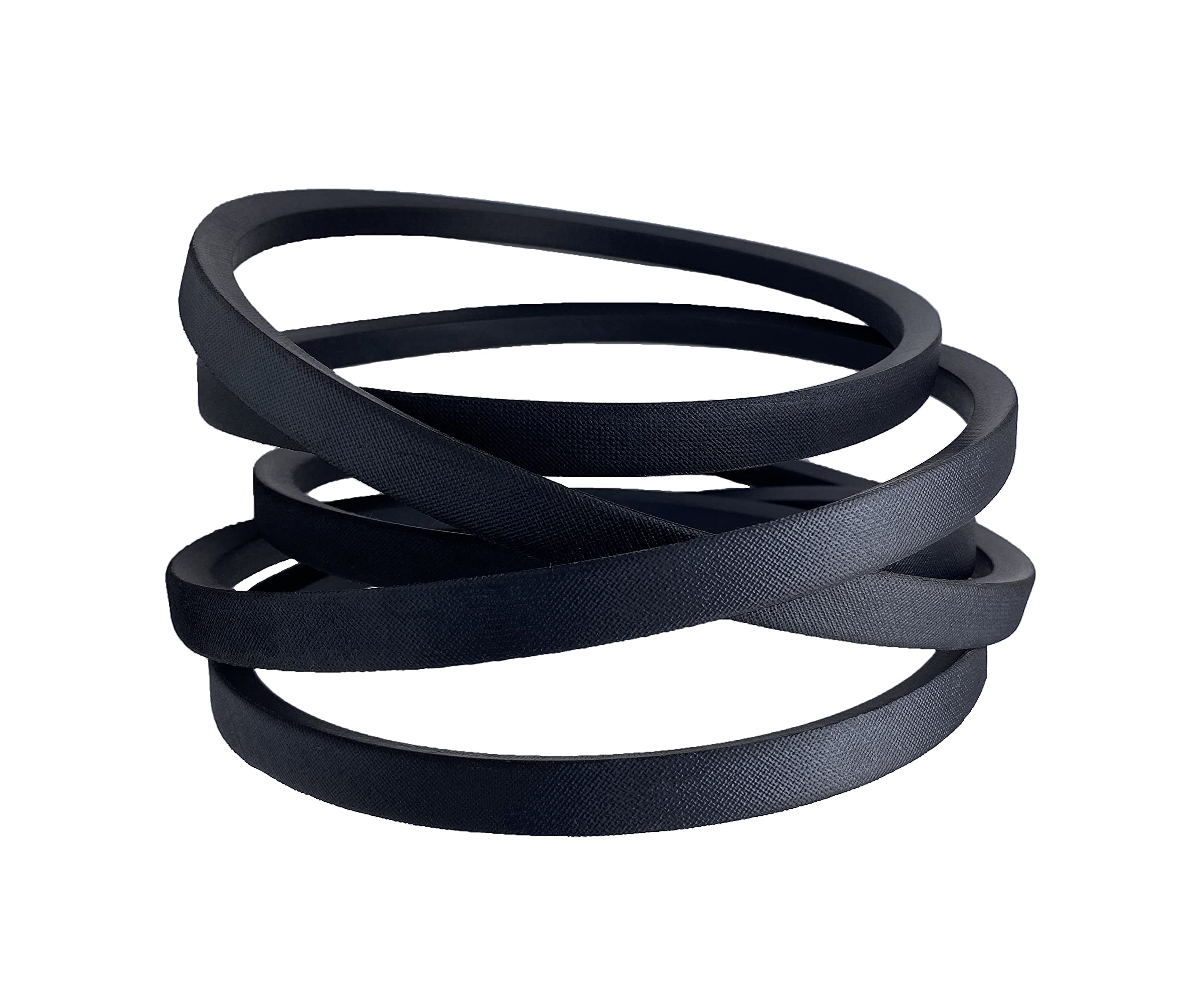
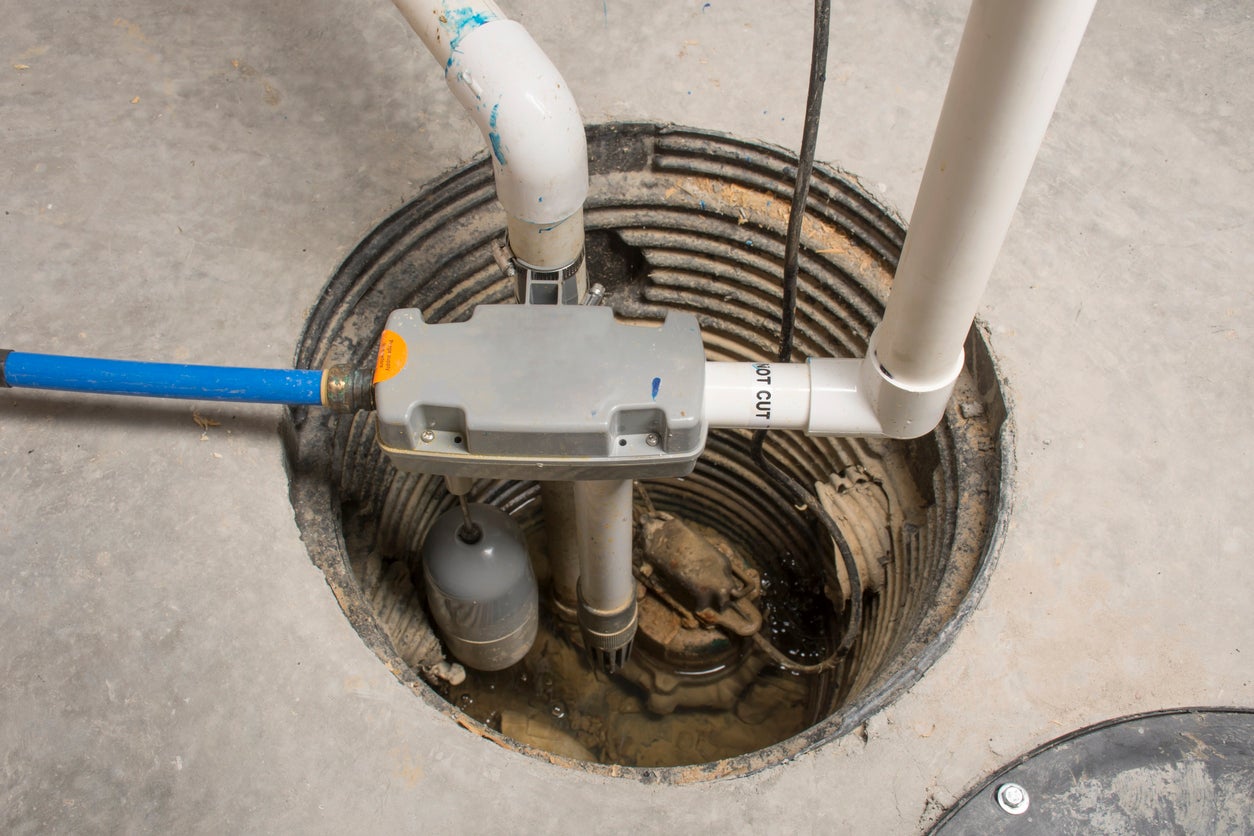
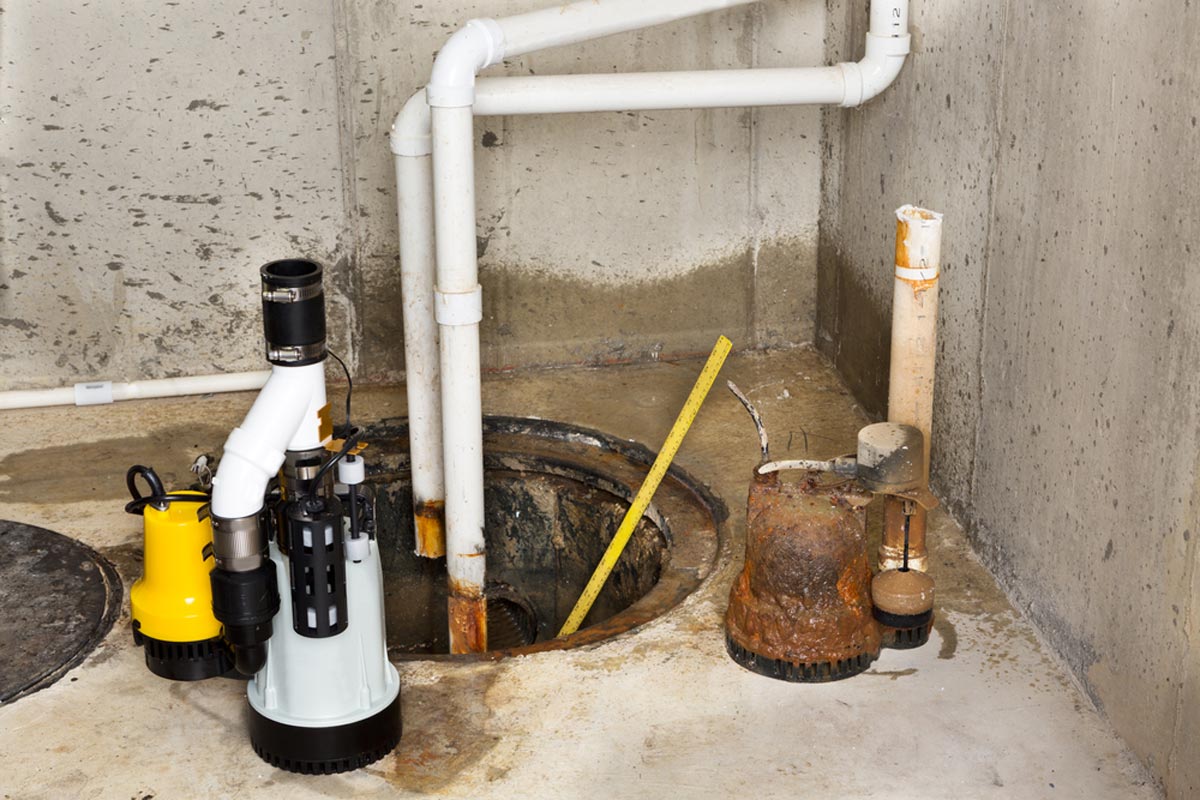
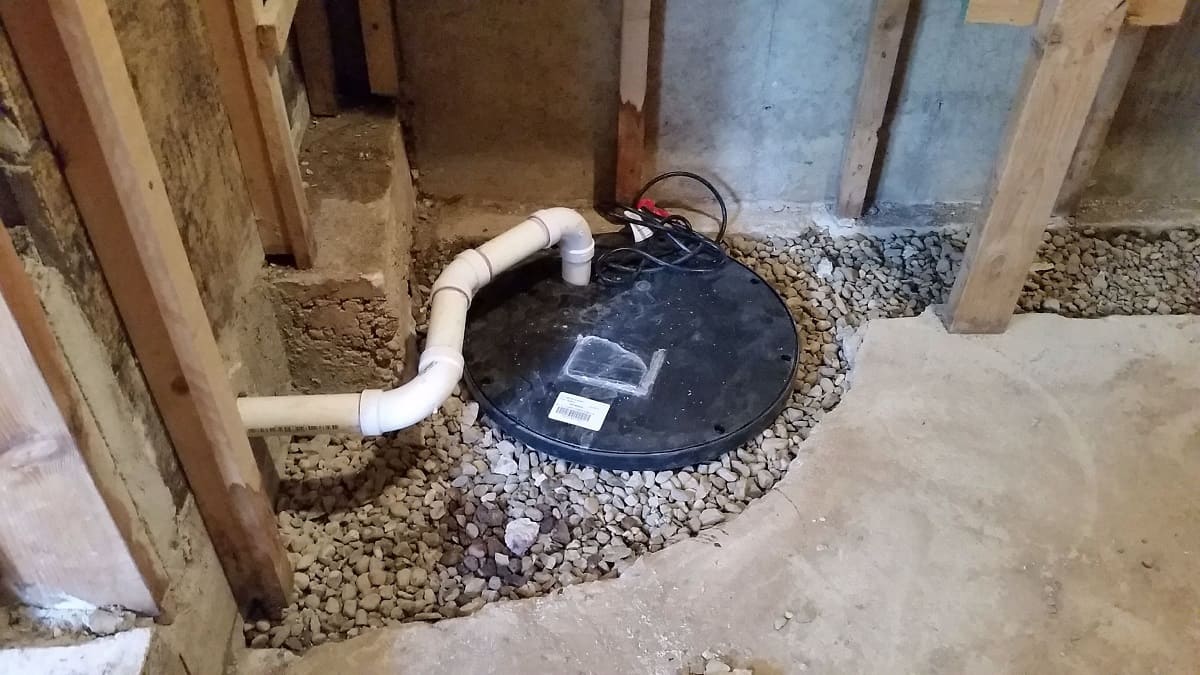

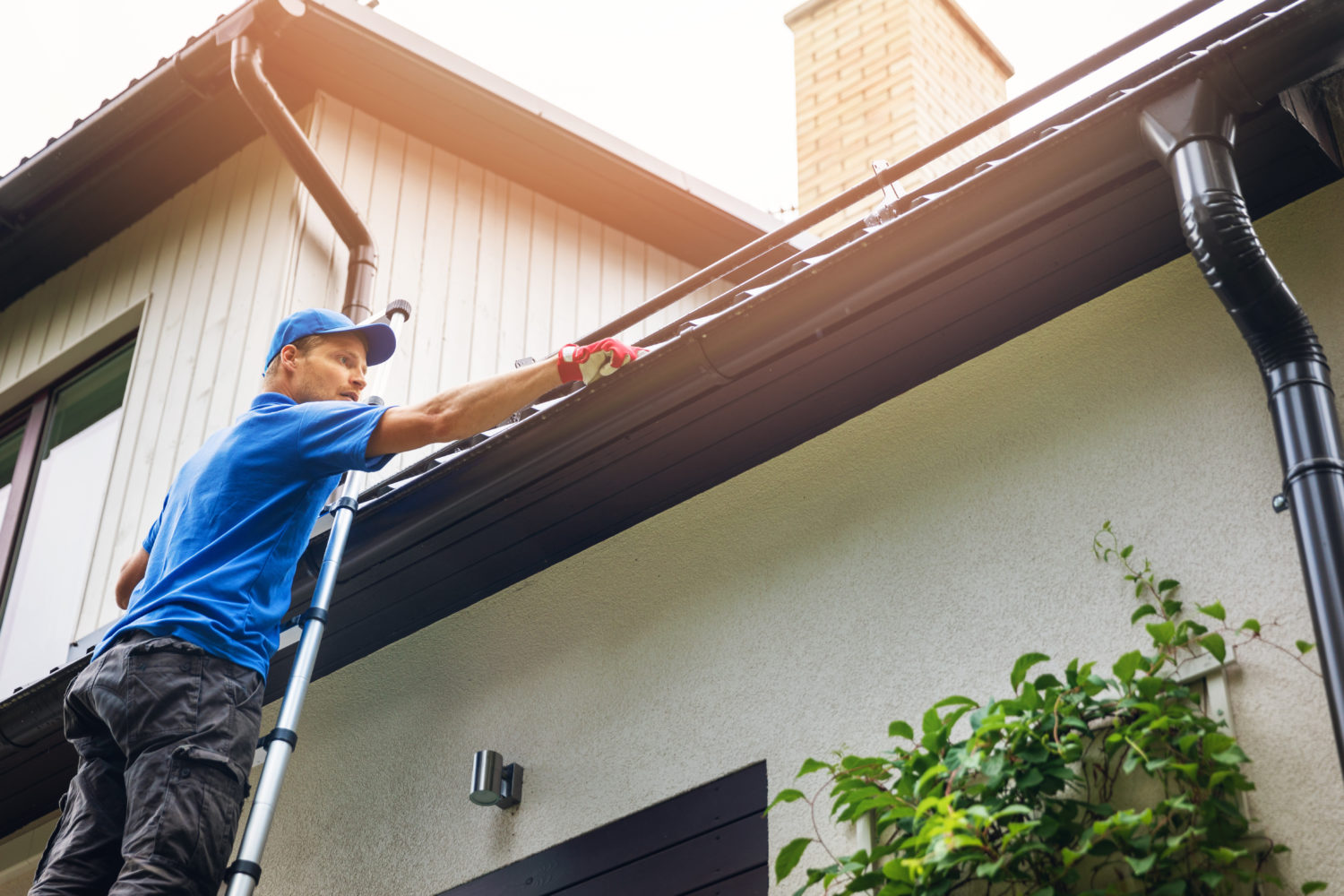
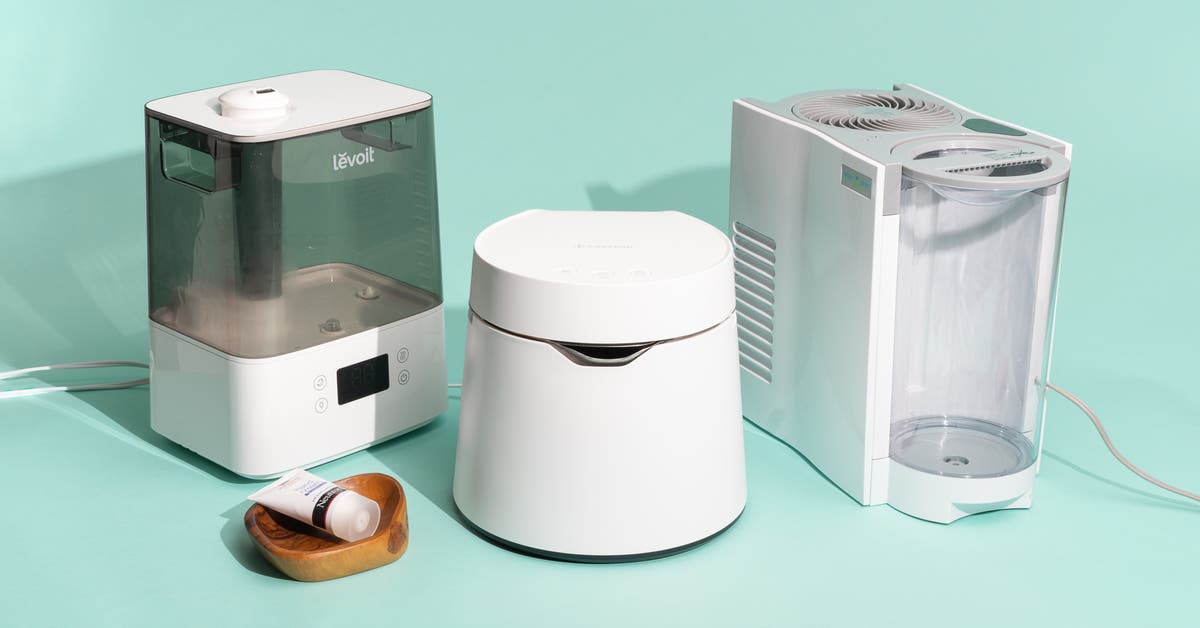
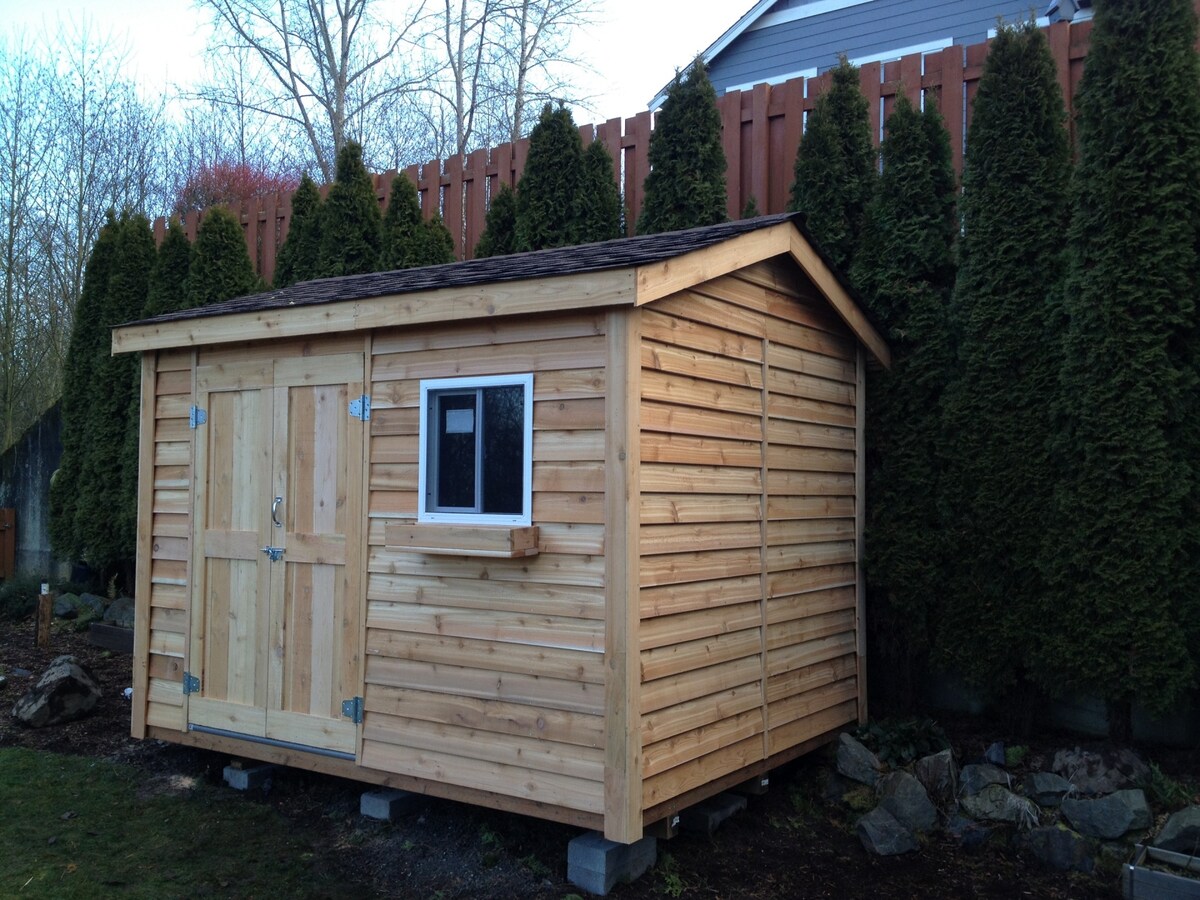

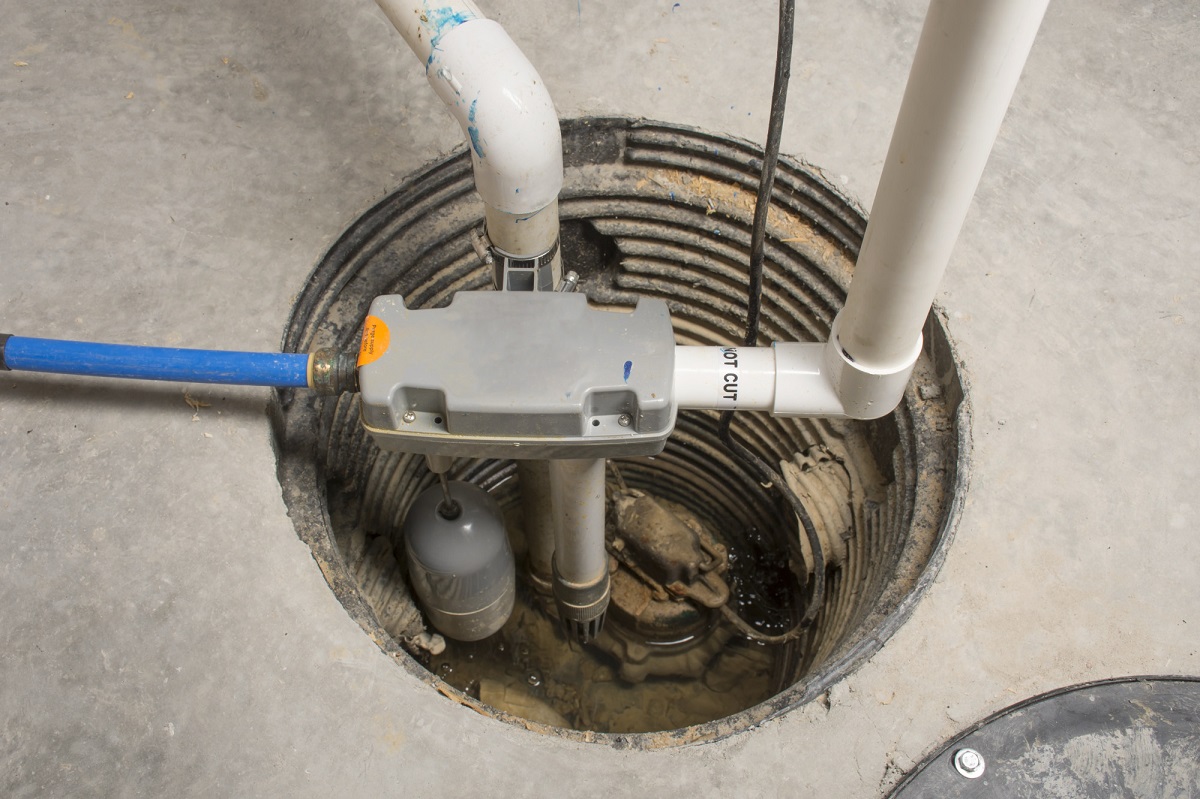
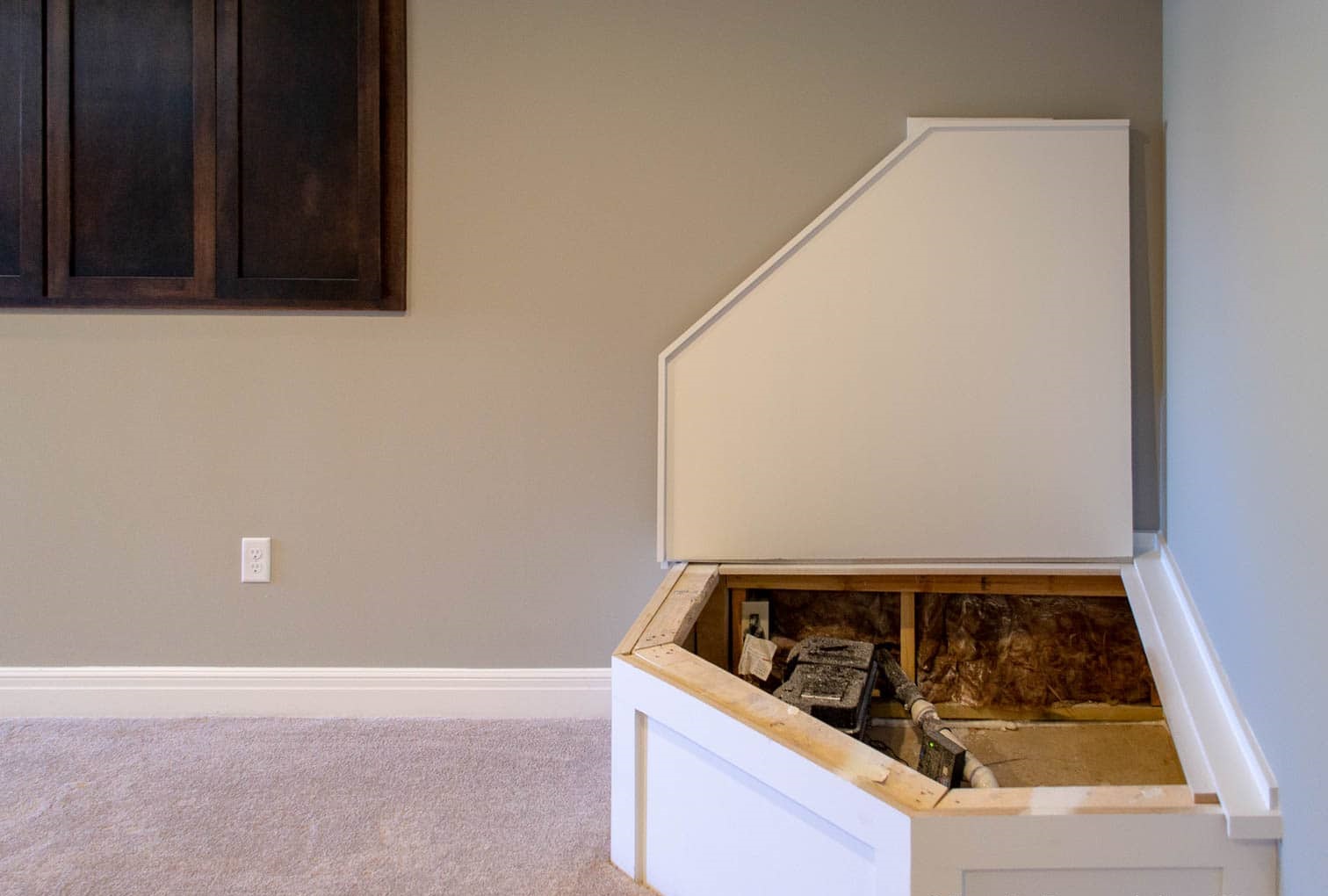


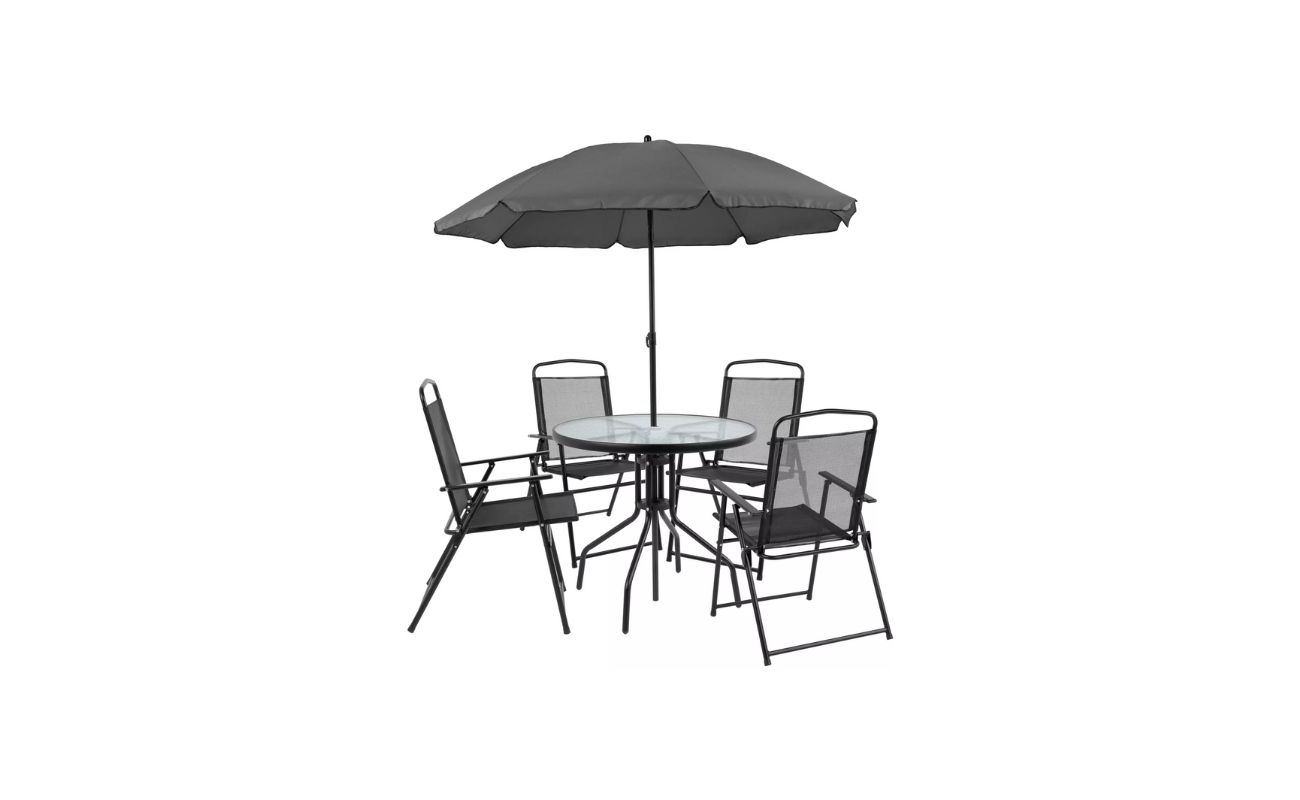

0 thoughts on “What Size Sump Pump Do I Need For My Basement”